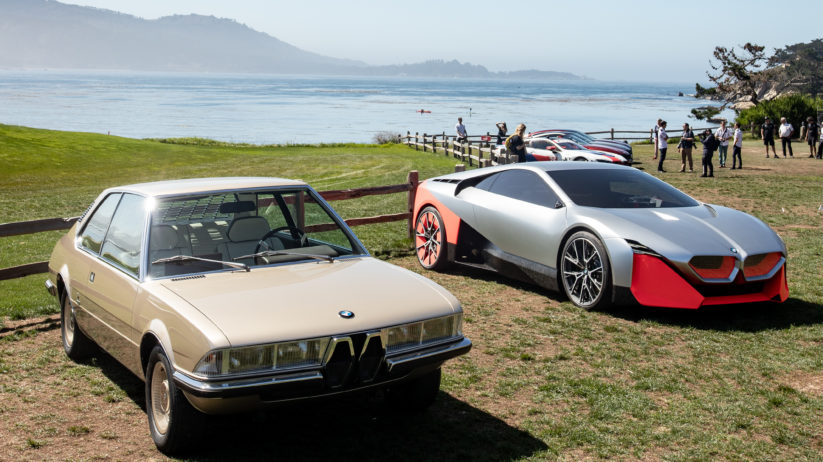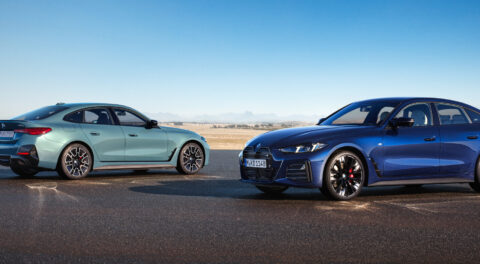Unless you’ve lost access to the Internet in the last week, it would be impossible to miss that Monterey Car Week was in full swing, and BMW was no stranger to the action, bringing no fewer than fourteen cars to The Lodge at Pebble Beach on Thursday, August 15.
Over the course of an unseasonably bright morning on the Monterey Peninsula, BMW presented concept after concept on the most prestigious awards stand in the automotive world, beginning with the raucous, Daytona-winning M8 GTE race car, driven by Team RLL driver Connor de Phillippi, followed by his teammates John Edwards and Bill Auberlen in, respectively, the first production M8 Coupe and M850i Gran Coupe in North America. The trio of racing drivers were led on stage by BMW of North America President and CEO Bernhard Kuhnt, who completed the 8 Series display with the all-new M8 Convertible.
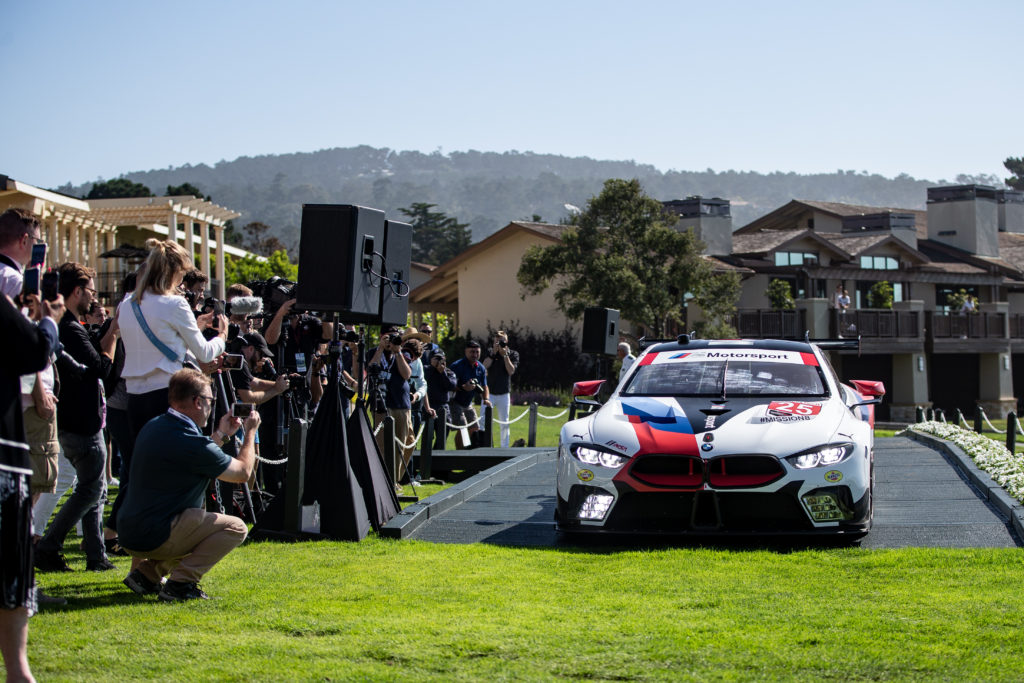
The 8 Series is a member of BMW’s self-described “GKL” family, the ultra-luxury class of massaging-seat, semi-autonomous, luxo-cruisers that includes the X7 and 7 Series, and as such, there was hardly a better venue to host the North American premiere of the all-new M850i Gran Coupe and M8 variants.
In the light of a Monterey morning, it was easy to see the translation of the coupe’s sleek roofline into that of the four-door M850i Gran Coupe. It’s an even more upmarket successor to the previous-generation 6 Series Gran Coupe, but with an air of Aston Martin Rapide or Benetley Mulsanne in place of the old 6 Series’ low, slim approach.
Next across the stage were two of the most thought-provoking concepts BMW has produced recently, and the subject of considerable debate—for very different reasons.
The first concept was a car shown at Villa d’Este on the shores of Lake Como, Italy, and has a rather interesting story. We’ve covered the recreated Bertone Garmisch 2002ti before, but seeing it in person is an experience every student of BMW design should experience. The mastery, detail, and brilliant period-correct construction techniques make the M10-powered concept car a fascinating study in what classics from the 1970s were like when they were new. This is particularly true on the interior, where everything from the overly tall shift boot, perfectly-creased seats, vertical radio, artfully-constructed Bertone steering wheel, and a thousand other elements come together to create a truly fascinating car.
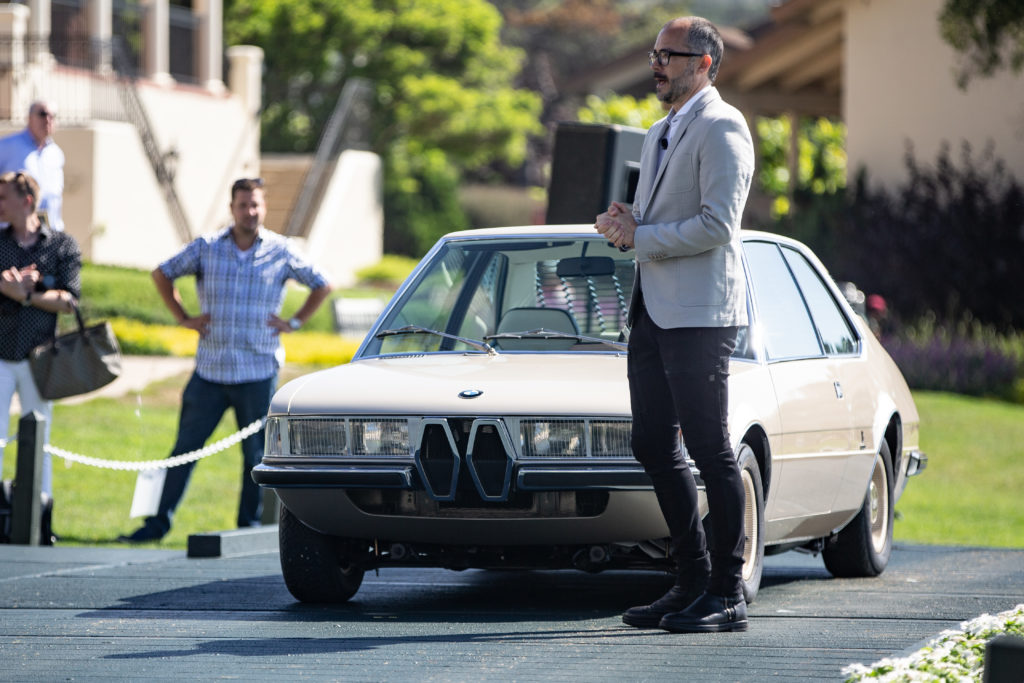
While the design language was really only used for the E12 5 Series and perhaps the E21 3 Series, it’s a fascinating car that shows a potential alternate history to Paul Bracq’s shapes of the 1970s and 1980s. The rear, in particular, is a kind of alternate theory to the E24 and E23, which—as an owner of both—I’ve always considered to be somewhat under styled in the rear. Even 2002 owners in attendance conceded that the diamond kidney design on the Garmisch was rather captivating.
But while the story of rebuilding the Garmisch from photos—as told by BMW DesignWorks’ Michael Scully—is fascinating, the second concept was the most influential for the future. While the BMW Vision M Next may look like another homage to the played-out but still impressive M1 wedge design (alongside the i8, Vision Efficient Dynamics Concept, M1 Hommage, BMW Turbo concept, and others), it comes at an interesting time when manufacturers large and small are rolling out mid-engine, alternative-fuel supercars. The time, it could be said, is ripe for a BMW halo car that could be homologated for Le Mans and set a standard for high-quality, and well-engineered performance hybrid power in a true driver’s platform.
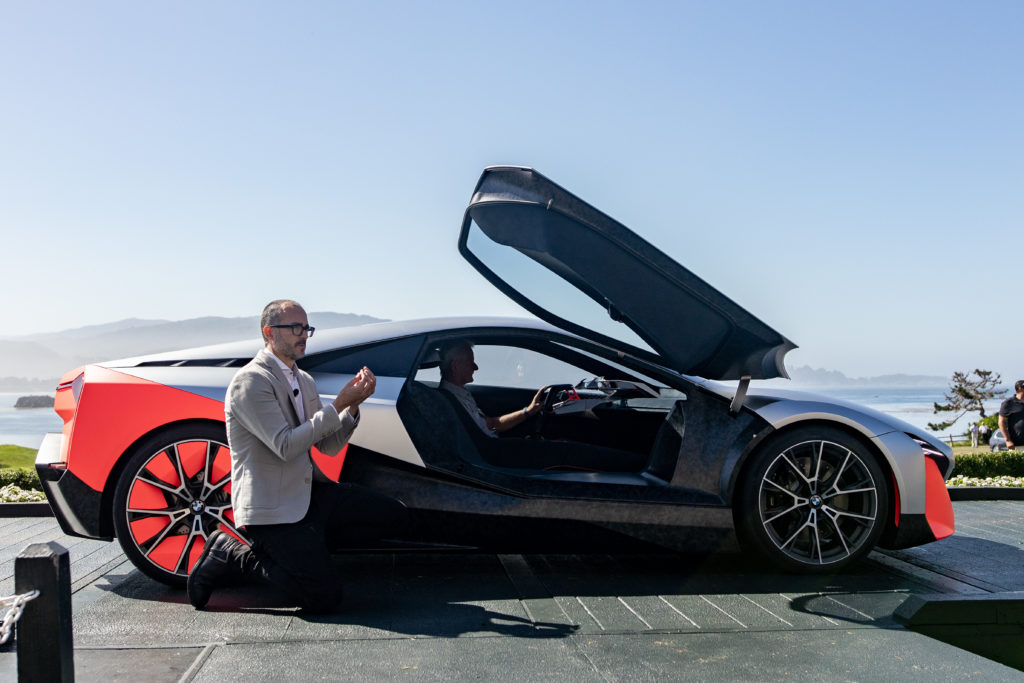
With the Vision M Next’s searing, neon-orange paint still burned into the audience’s collective psyche, BMW sent the concept back to the lawn to conclude the press conference with another intersection of past and present. A parade of classic MINI models, starting with the 1965 Cooper S, 1999 and 2000 final-run hardtops (which don’t look much different from the 1965, minus their airbag steering wheels), R53 GP, R56 GP, and 2010 MINI Electric rolled across the stage to usher in two MINI models: the F56 GP3 and the production-spec MINI Electric.
The former, with its massive wing and racetrack camouflage (your eyes aren’t deceiving you—the patterns are, in fact, racetracks), finally presents MINI’s fitting competitor to the now-aged Civic Type R, Volkswagen Golf R, Focus RS, and other 300-horsepower hot hatchbacks. We very much look forward to driving this car in the fall.
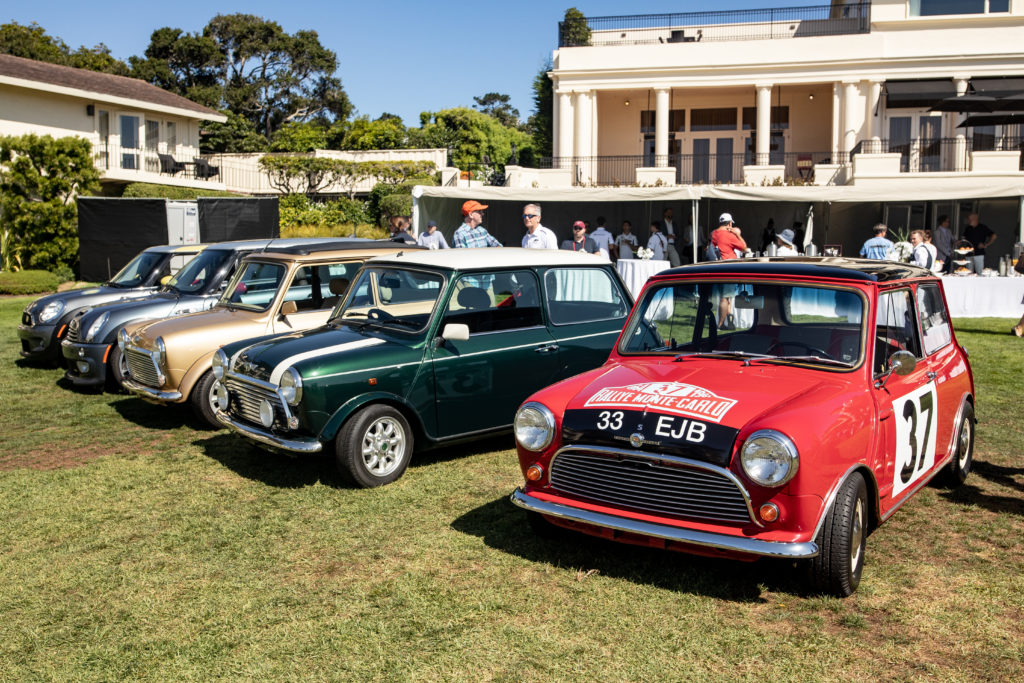

The second car was presented to media at the Formula E series Championship series conclusion in Brooklyn, New York last month, where we got to spend some time with it. While it remains to be seen whether the new MINI Electric will have the range to compete with other EVs, the brand has made it very clear that when it comes to driving enjoyment (what MINI brass calls “gokartfeeling”), the Electric will be the most fun BEV on the market. Media impressions on the Formula E circuit seemed to reinforce this, but we look forward to testing the i3-motor-equipped MINI EV later this year.
The whirlwind press conference and the events that followed (including the Garmisch being displayed on the Concept Lawn at the Pebble Beach Concours d’Elegance) were certainly impressive, but it remains to be seen how the buying public will respond to these new models. The lineup has all the makings of cult classics (MINI GP), big hits (M850i Gran Coupe), urban cars (MINI E), and cars and coffee standouts (M8 Competition)—but it’s up to you to decide your favorites. —David Rose
[Photos courtesy of BMW NA.]

